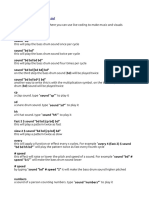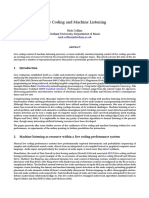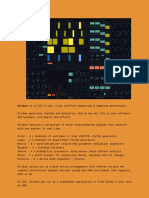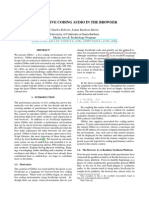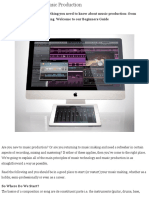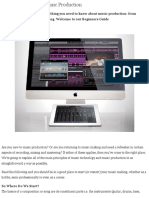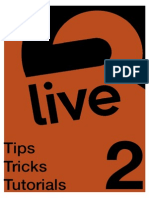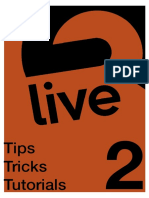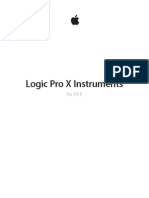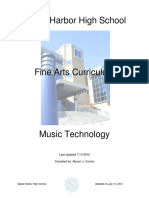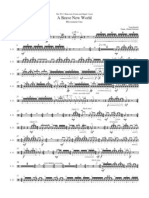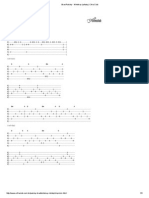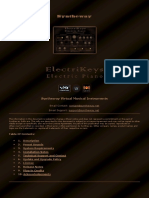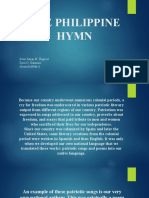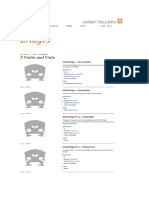0% found this document useful (0 votes)
17 views18 pages2023 Livecodingmusic
q
Uploaded by
rhea.nongmaithemCopyright
© © All Rights Reserved
We take content rights seriously. If you suspect this is your content, claim it here.
Available Formats
Download as PDF, TXT or read online on Scribd
0% found this document useful (0 votes)
17 views18 pages2023 Livecodingmusic
q
Uploaded by
rhea.nongmaithemCopyright
© © All Rights Reserved
We take content rights seriously. If you suspect this is your content, claim it here.
Available Formats
Download as PDF, TXT or read online on Scribd
/ 18


